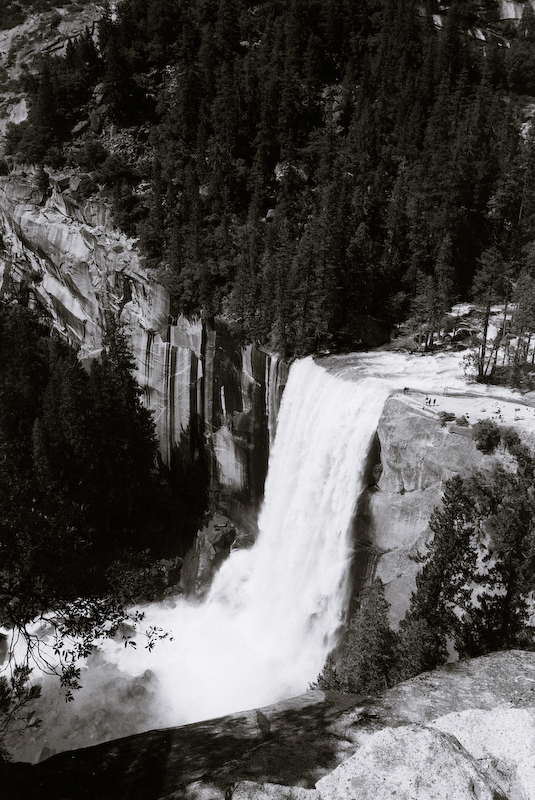So this afternoon when I got home from work, I furtively decided to scan a few more negatives. This time I used the built in scanning utility in Mac OSX. Apparently the HP Scan software is on crack or something.

Surprise surprise! Strangely . . . normal. Granted I had to do the expected tweaks like Smart Sharpen, Levels and Curves, but I didn't have to correct a horrid color cast. Now take a look at this shot from the BW400CN roll:

Not too bad! I had to sharpen it but it looks good - it's not as detailed as the Superia shot, but it's also not bursting with grain and noise. So I don't think that's being introduced by the scanner - also the sharpness of the color shot kind of rules out the camera and lens screwing things up. So I guess it's down to a newbie film shooter and crappy film.
I'm anxious to get the roll of TMax 100 back that I shot. I'm hoping it will be smother and will have decent detail.


 Similar Threads
Similar Threads 












 It was a long wait but I managed to get this one for around $300.
It was a long wait but I managed to get this one for around $300. 












